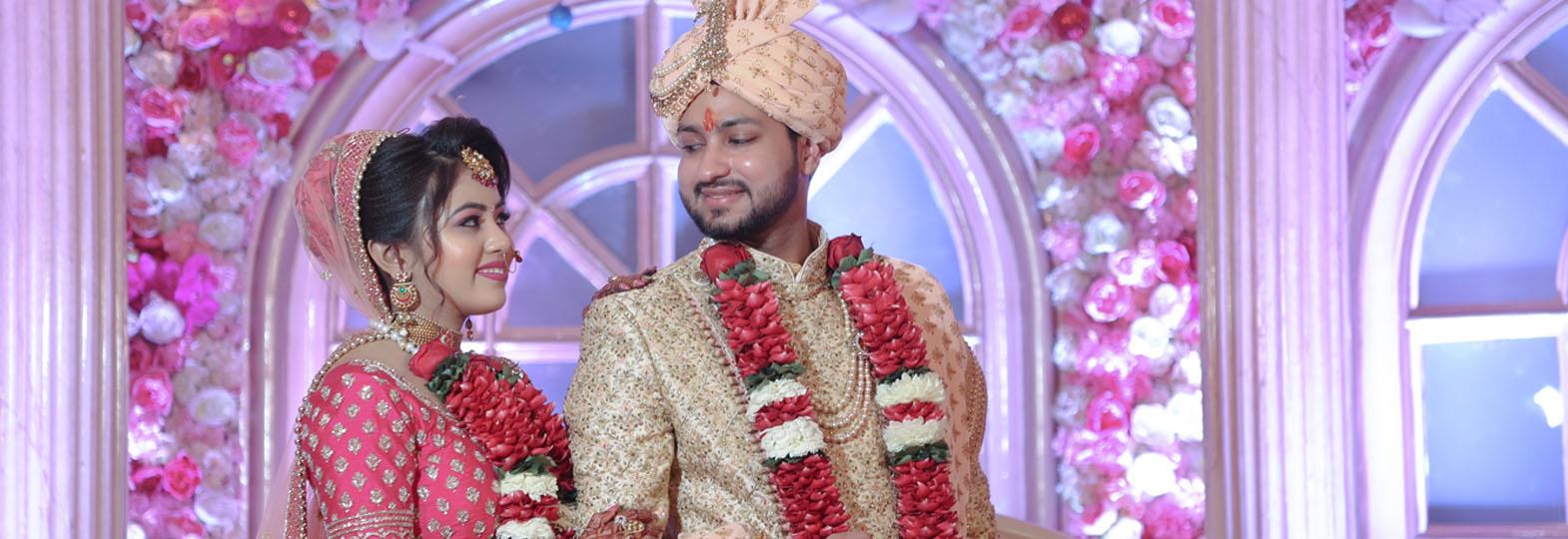The wedding fashion industry in India is a dynamic and thriving sector that merges culture, tradition, and commerce. With its rich heritage and diverse regional customs, India has become a global hub for exquisite bridal fashion. In a country where weddings are considered monumental events, fashion plays a pivotal role in its celebrations. By delving into the core of the wedding fashion industry, we uncover the transformative impact of modernisation and global influences on wedding fashion trends.
Interesting trends and insights
With its lavishness and splendor, the wedding season serves as a major catalyst, shaping the overall fashion landscape of the country. For several manufacturers, it is even more crucial and defining season than the festive season, which otherwise is considered the principal sales period for the garment industry.
What has added to the vibrance of the wedding fashion is the broadening of the product categories in demand during the season. Wedding Fashion is no longer restricted to the bridal wear worn by the bride and the bridegroom. It is now accepted that for every pair of bride and bridegroom, there would be close to a hundred consumers who would be a potential target audience for each wedding – the families, the friend circles, the invitees to celebraty weddings, and so on. And this has led to an interesting array of new categories which have been added to the manufacturers’ product offerings – the ghaghra cholis, the richly embellished sarees and chaniyas, the shimmering gowns and party dresses for ladies, and the bandh galas and sherwanis for men. The growing trend of cocktail parties and destination weddings has also given rise to a demand for western wear to be worn during weddings, though not at the time of actual ceremonies.
The wedding season also provides an important pointer to the overall performance of the industry in any given year. Given its importance, CMAI conducted a survey among 110 manufacturers who specialise in creating wedding clothes for Indian consumers. The survey offered an insight into the challenges faced by the industry. Here are some highlights:
A drop in sales this year
While the wedding season is usually known to boost sales of wedding clothes, during this season, an overwhelming 77 per cent of respondents reported average to poor sales. When compared to last year, nearly 83 per cent of manufacturers have reported a decline of up to 50 per cent in sales or no growth during the wedding season. Also, nearly 40 per cent of respondents reported a drop in sales ranging from 10 per cent to 25 per cent compared to last year’s wedding season.
Factors behind the weakening sales
When manufacturers were asked to talk about the factors contributing to this weak performance, more than 60 per cent said that the overall economic slowdown has majorly imacpted the sales and resulted in a decline. A smaller portion of respondents (nearly 14 per cent) attributed the drop in performance to the high prices of wedding clothes.
If we look at weddings in India, the date of the ceremony is crucial as in many cultures it is believed to bring divine blessings and good luck, and help the couple live a happy and harmonious life. In the survey, around 13 per cent of respondents felt that there were fewer auspicious wedding dates last year which played a role in the decline in sales.
Demand trends
In terms of trends, the survey revealed that there was a higher demand for lighter embroideries and pastel colours. Interestingly, a significant 85 per cent of respondents indicated that economically priced products outperformed their more expensive counterparts in terms of sales. Partly, this may also be due to a growing segment of more evolved consumers among the younger generation who dislike ostentatious display of wealth and ‘wasteful expenditure’. Whilst this may be a small segment today, there is a possibility of its numbers growing in the future.
These numbers highlight the urgency with which industry leaders need to comprehensively analyse the factors that have impacted sales during the wedding season in India. They should look at aspects that are impacting the fashion industry in the country including pricing strategies, changes in customer preferences, competition etc. Another initiative that could be interesting to see is leading businesses interacting directly with customers and conducting qualitative research to understand their expectations and get a grip on the challenges faced by buyers. If these dynamics are closely analysed and understood, then the industry can adapt to the changing needs of customers and boost sales during the wedding season.
The way forward
Through a thorough analysis of the data and collection of pertinent information, organisations can enhance their ability to devise a holistic plan of action to tackle the challenges they face and propel future growth.
Important and broad-based questions will need to be asked – are weddings becoming smaller and less lavish? Is tradion losing ground to modern minimalistic outlook? Is social pressure for elaborate display of wealth reducing with education and prosperity? Are celebrations of tradional ‘arranged’ marriages and ‘love’ marriages different in style and scale?
Answers to these questions could well redefine not just the consumer communication content, style, and channels, but the products themselves. It is imperative that the entrepreneurs and designers explore innovative strategies to respond to the changing norms and behaviour patterns.
The fashion industry serves as a catalyst for economic advancement and empowerment. By acknowledging the broader impact of the industry and nurturing its various dimensions, it can contribute to the overall progress of the sector while ensuring its sustainable development.










Comments